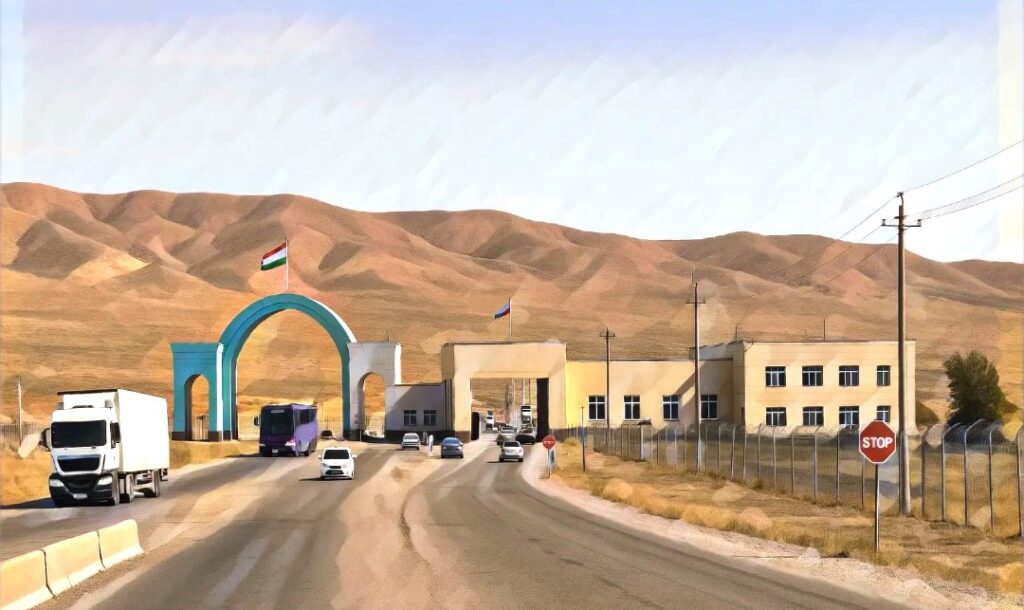Since the beginning of 2025, 3,203 ethnic Kazakhs have returned to their historical homeland and officially received received the status of Kandas. In total, since gaining independence in 1991, more than 1.15 million ethnic Kazakhs have resettled in Kazakhstan for permanent residence. The Times of Central Asia examines who today’s Kandas are and how their integration and resettlement are being managed.
Geography of Return
According to the Ministry of Labor and Social Protection, nearly half (48.1%) of all Kandas arriving in Kazakhstan in 2025 have come from China. This is followed by ethnic Kazakhs from Uzbekistan (39.5%), Turkmenistan (5.8%), Mongolia (2.5%), Russia (1.9%), and other countries (2.2%).
As of April 1, 2025, 60.7% of new arrivals are of working age, 31.1% are minors, and 8.2% are pensioners. Regarding educational background, 17.9% hold higher education degrees, 27.8% have specialized secondary education, 52.9% have general secondary education, and 1.4% have no formal education.
Resettlement and Regional Priorities
Kandas are being resettled across the country, with labor-deficient regions prioritized. These include Akmola, Abay, Kostanay, Pavlodar, Atyrau, West Kazakhstan, East Kazakhstan, and North Kazakhstan. The quota for 2025 in these regions stands at 2,309 people, with 642 already resettled by early April.
Since the start of the year, 147 Kandas have received various forms of state support, and 94 of them have secured permanent employment.
State Support and Economic Mobility
The government offers a range of support measures, including a one-time relocation subsidy of 70 Monthly Calculated Indexes (MRP), or approximately $527 per family member. Additionally, monthly payments for rent and utilities ranging from 15 to 30 MRPs ($113-$226) are provided for up to one year.
To enhance economic mobility, the Kandas can receive up to $8,600 per family, covering up to 50% of housing costs, for home purchases, construction, or mortgage down payments. Homes bought with these funds cannot be sold for five years, nor can they be transferred among close relatives, to prevent misuse.
Since 2025, all services related to quotas and support have been moved online. According to Vice Minister of Labor and Social Protection of the Population, Yertaev Askarbek Ertaev, this transition aims to minimize corruption and strengthen oversight of compliance with program conditions. A new tracking system within the “Labor Market” information platform monitors movements of displaced persons. Unauthorized departure from the designated resettlement region requires repayment of financial aid through a pre-trial process.
Adaptation and integration centers were launched in 2024 in Pavlodar, East Kazakhstan, Akmola, and Abay. In 2025, Kostanay and North Kazakhstan joined this list. Full support is now available via the mobile app “FSM Social” (Fund for Social Payments), covering everything from adaptation to employment services.
Among recent innovations is a simplified procedure for verifying Kazakh ethnic identity. To date, 13 applications have been reviewed, 9 approved and 4 denied.
Program Development and Future Outlook
In 2024, around 9,500 resettlement quotas were allocated, with 2,477 used by Kandas and 4,500 by internal migrants. The Ministry plans to increase the annual quota by 500 people moving forward. As part of ongoing reforms, authorities are also enhancing oversight of housing market valuations to prevent fictitious transactions.
The 2025 focus is on boosting the transparency and effectiveness of resettlement and adaptation efforts, ensuring that the Kandas will have the opportunity to build a new life in their ancestral homeland.









